The eighty-first anniversary of Pearl Harbor was this week, and all those I’ve talked with, who were children at the time of the attack, have similar memories. Most didn’t know where Pearl Harbor was and didn’t understand what was happening, but later, when the rationing of sugar and candy began, as children, this really hit home. The older folks, from age fifteen to people in their thirties, who understood what had happened, signed up for service soon after the attack. And yes, many fifteen-plus-year-olds attempted to serve their country. Some even made it to the theaters of war. Audie Murphy was sixteen when he infiltrated the US Army with the help of his older sister, who falsified documents for him. I guess the US Army should be glad that they got duped because no other soldier was decorated more than that little underweight sixteen-year-old.
During the Great War, a fifteen-year-old from Beaumont named Cecil Bordages was attending a private school in New York but decided to enlist to serve his country in 1918. Being large for his age, Cecil looked older than he was, so he was accepted into the Mounted Service Field Artillery 162nd Ammunition Train Twenty-Seventh Division; I would assume he then went off to France with Company F 102nd Ammunition Train. His actual age was discovered, and the army was ready to send him back, but his mother basically told them not to bother, as he would just go back to his unit if they did. He served a year and made it back to the United States. Based on some of the Beaumont Enterprise articles I’ve read, he lived a good and fruitful life with many mentions of helping others. I even saw an article that said he helped the Empty Stocking Fund.
A couple of other anniversaries that occurred in December were the opening of the Gates Memorial Library in Port Arthur and the inauguration of the interurban. The Gates library opened to the public on December 1, 1917, but wasn’t dedicated until May 18, 1918. The library, a gift of Mrs. Dellora Gates to Port Arthur, was in memory of her husband John “Bet-a-Million” Gates and her son Charles. The dedication coincided with another event called “Gates Day.” This event began in 1912 to pay tribute to the late Mr. Gates on his birthday for his contributions to Port Arthur. Gates died in Paris on August 9, 1911. The annual celebration took place each May 18 until 1921, when the Gates family requested its end.
I’ve mentioned John “Bet-a-Million” Gates before, and I stand by the fact that if he hadn’t been here, nothing in Port Arthur would have been built. Arthur Stilwell was all hat, no cattle, and a bit of a loon. But I digress.
December 15 will mark the 109th anniversary of the opening of regular service on the interurban line between Beaumont and Port Arthur. Yes, the Texas Historical Marker in front of the building that used to be its starting point says August 16, but all evidence states otherwise. Would I dare talk smack about the Texas Historical Commission? Of course I would, because it’s wrong. As the final piece of evidence, I’ll throw in a photo of a plaque in which William D. “Bill” Quick’s name is at the bottom, which gives the same info. So, what is an interurban you might ask, and who is Bill Quick?
First, the interurban was an electric train that serve Jefferson County residents from December 15, 1913, to August 15, 1932. The tracks extended from Austin Avenue in Port Arthur to Orleans Street in Beaumont. The train would make nineteen trips per day with an early start at 5:45 a.m. and a midnight finish. Tickets cost ninety cents for a roundtrip or fifty cents one-way and were prorated for the ten stops between the two cities. Stops along the way included South Park, Spindletop, Nederland, Rice Farm, and Griffing/Pear Ridge.
I’ve always found the fact that our county had an electric train in 1913 fascinating. Even more intriguing is how someone in Jefferson County could make ice in August in the 1900s. I’m not a scientist, so I don’t know how that’s possible; I’ll leave it to you engineers who run the great ice Illuminati.
William D. Quick was a historian who lived in Nederland. I never met him, but I guarantee you that every time I do some research, he is in my head, guiding me to try to be as accurate as possible. I attended my first Jefferson County Historical Commission meeting a year to the day that Bill passed. He influenced many people in his life as a researcher/historian, and I talked to many of them in the last ten years. I was honored and excited to be able to go through his research at the Sam Houston Research Center in Liberty. He was very thorough in his work, and I often draw on his example. I was told that when doing research, you should have at least three sources. Bill didn’t go for hearsay; he wanted facts, not content with publishing books.
Bill Quick’s interest in history was vast; he particularly loved Sabine Pass, the beach, and the Sabine lighthouse. Hell, I believe he owned the latter at one point. There is so much information on the Sabine lighthouse in his research at the Sam Center—it’s a researcher’s dream. I’ve used a couple of articles he had in his notes that I’ve never seen anywhere else. One is the 1932 article on the abandoned Lewis Cemetery; the other talks about when Magnolia Cemetery used to have barge funerals because it was too wet and muddy to get to the site. Although I never met Mr. Quick, I follow what he brought to historical research. No one is perfect, and I usually suck at dates and details, but I do want my research to be accurate for others to use. I like to think that Bill Quick is still guiding those of us who care about our history.
Well, that’s it for this week. If you’re in a giving mood, please donate to the Empty Stocking Fund.
https://www.paypal.com/donate/?hosted_button_id=X94T5X2AMU82S
Life in Jefferson County in World War II: https://www.rediscoveringsetx.com/2013/05/25/life-in-jefferson-county-during-world-war-ii/
Audie Murphy:
https://en.wikipedia.org/wiki/Audie_Murphy
John “Bet-a-Million” Gates:
https://en.wikipedia.org/wiki/John_Warne_Gates
The Interurban:
Sabine Lighthouse:

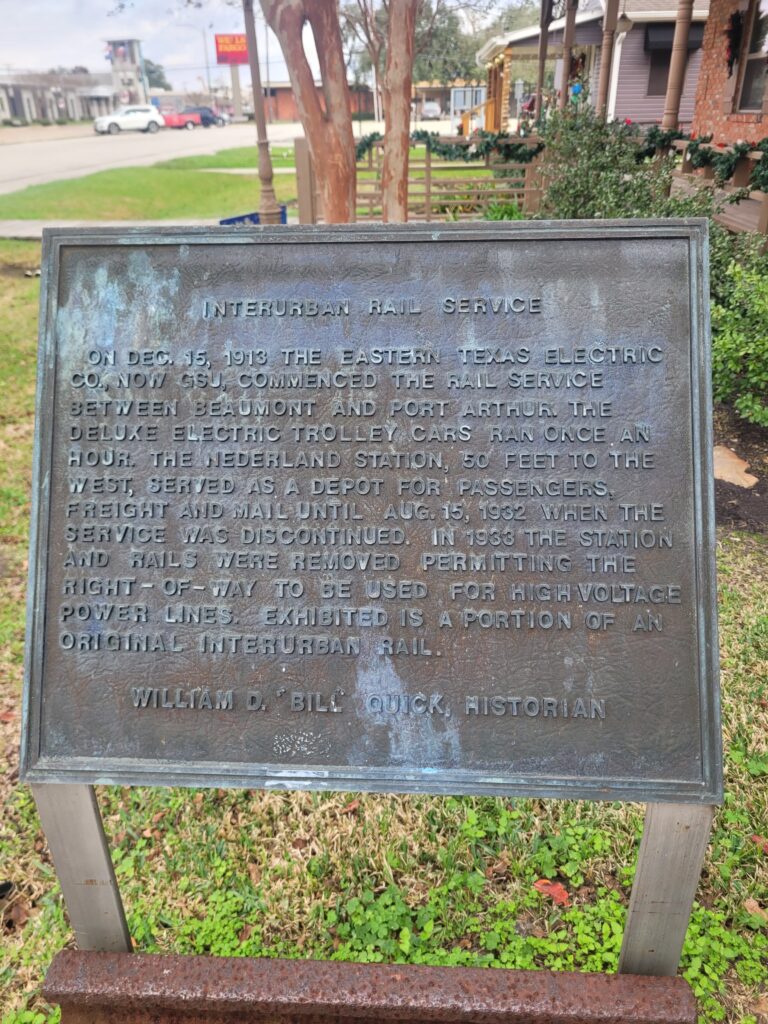


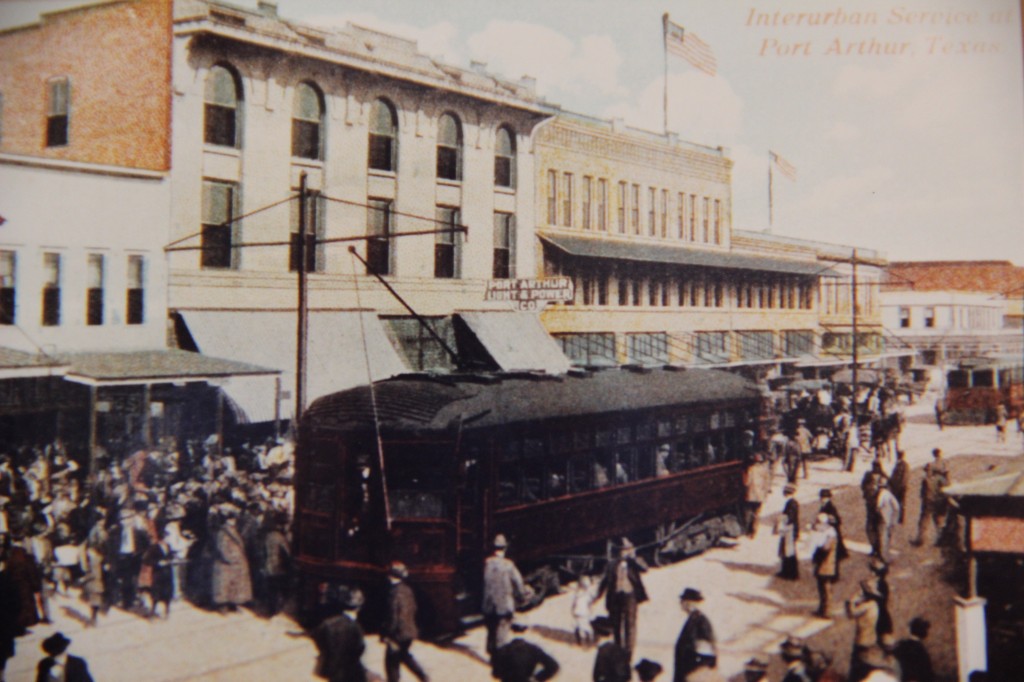

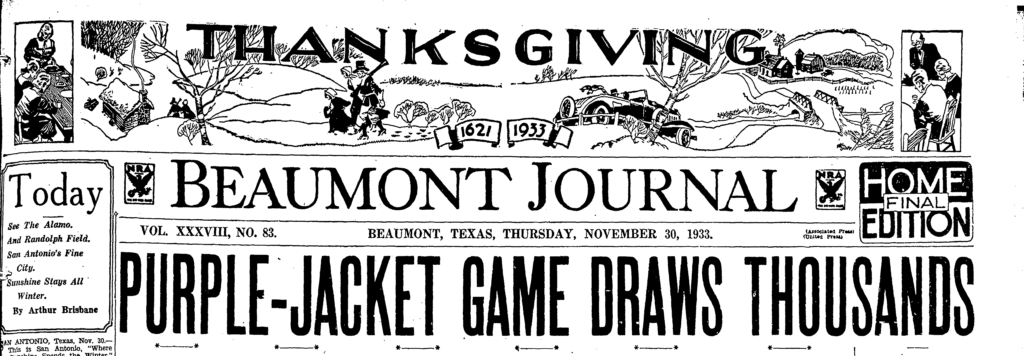


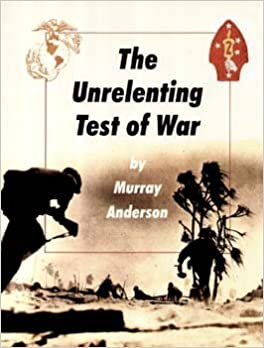

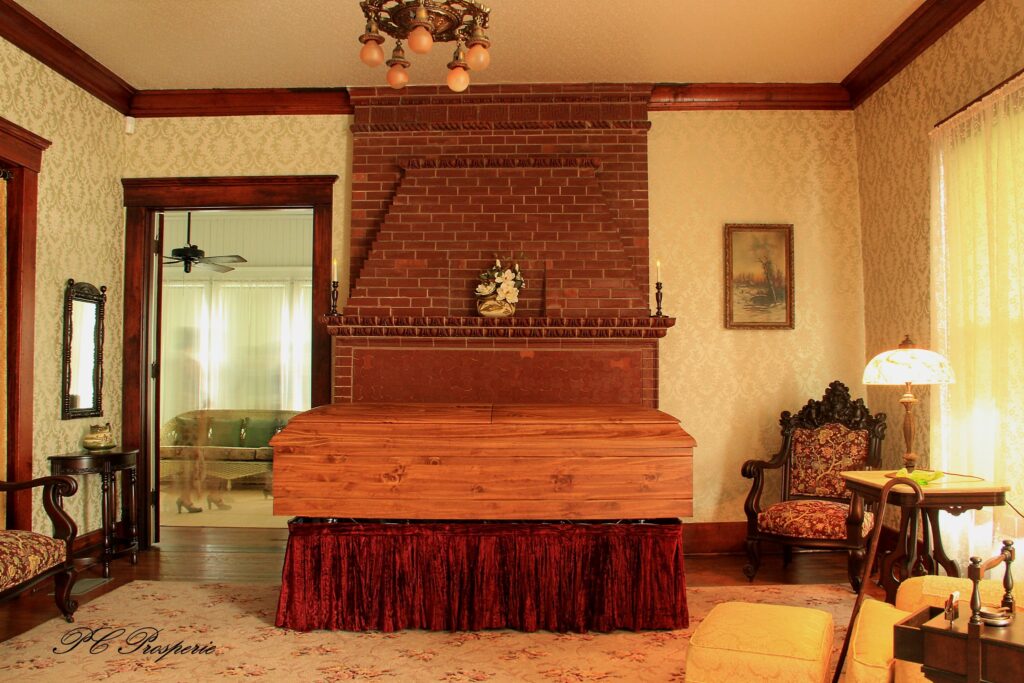
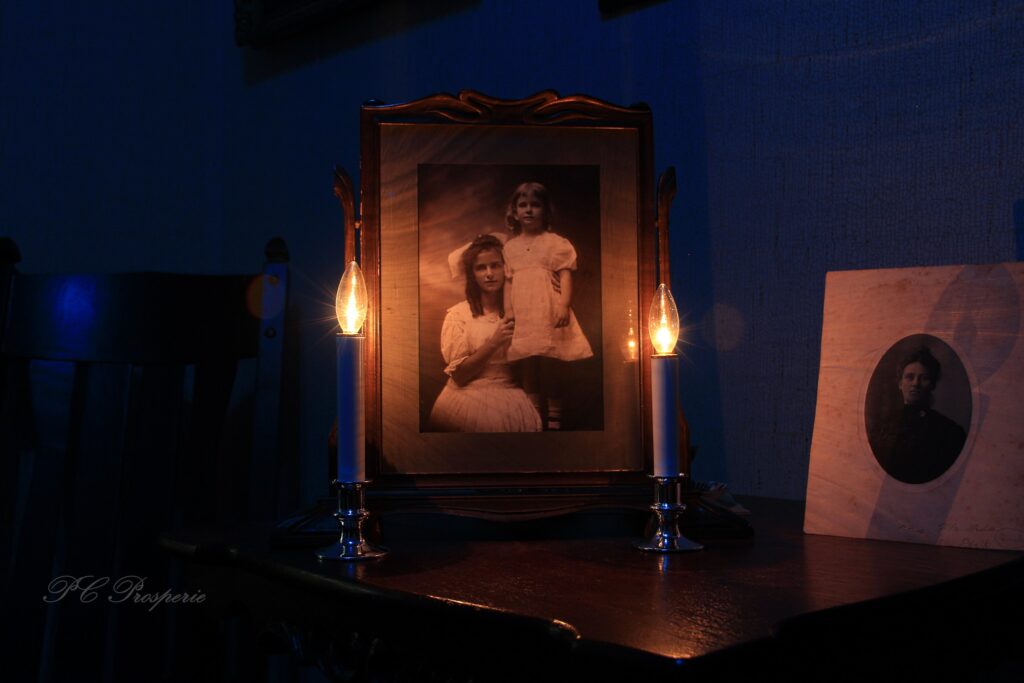

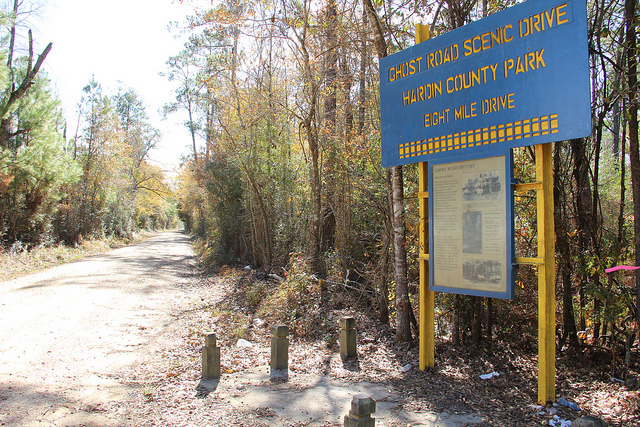



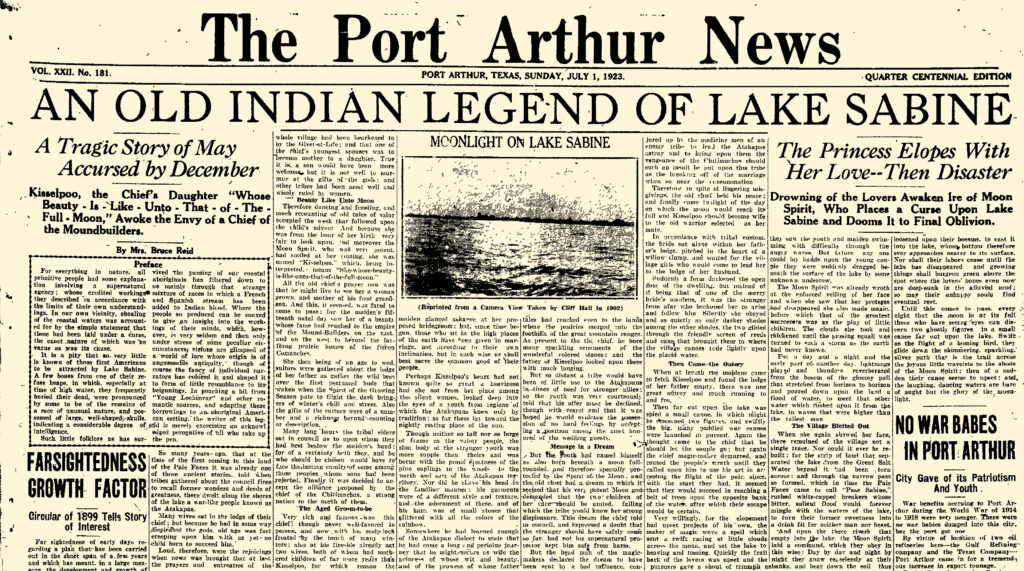

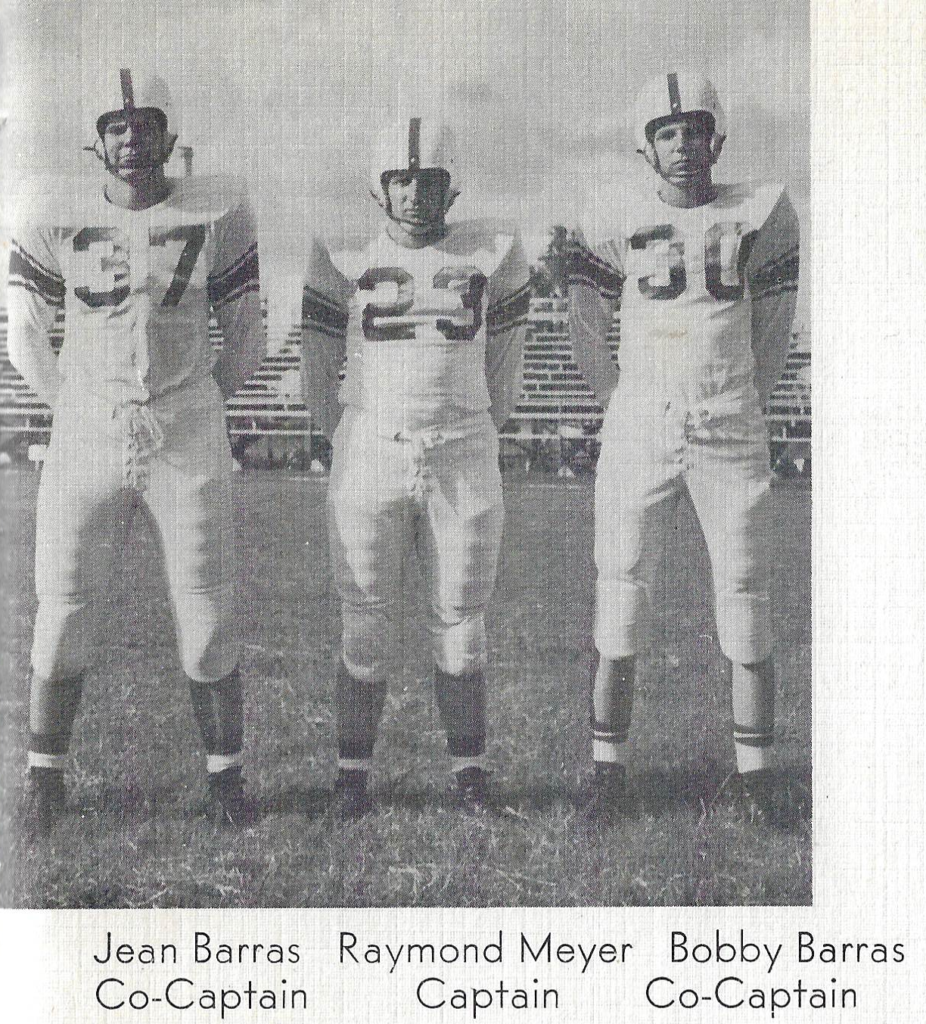
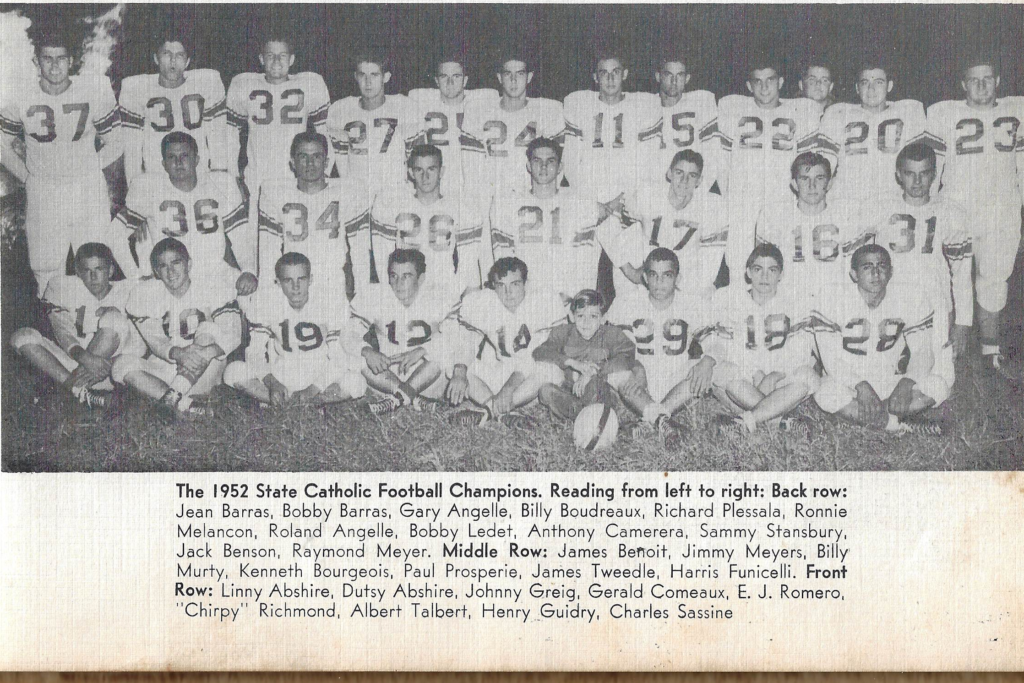
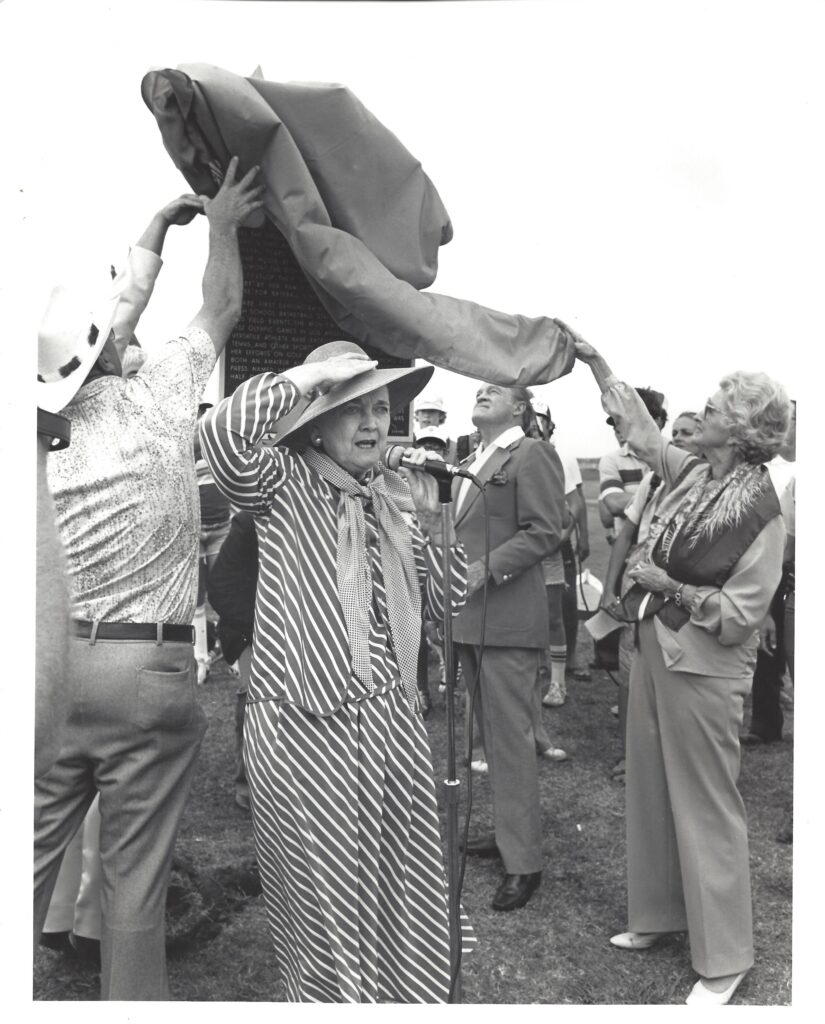
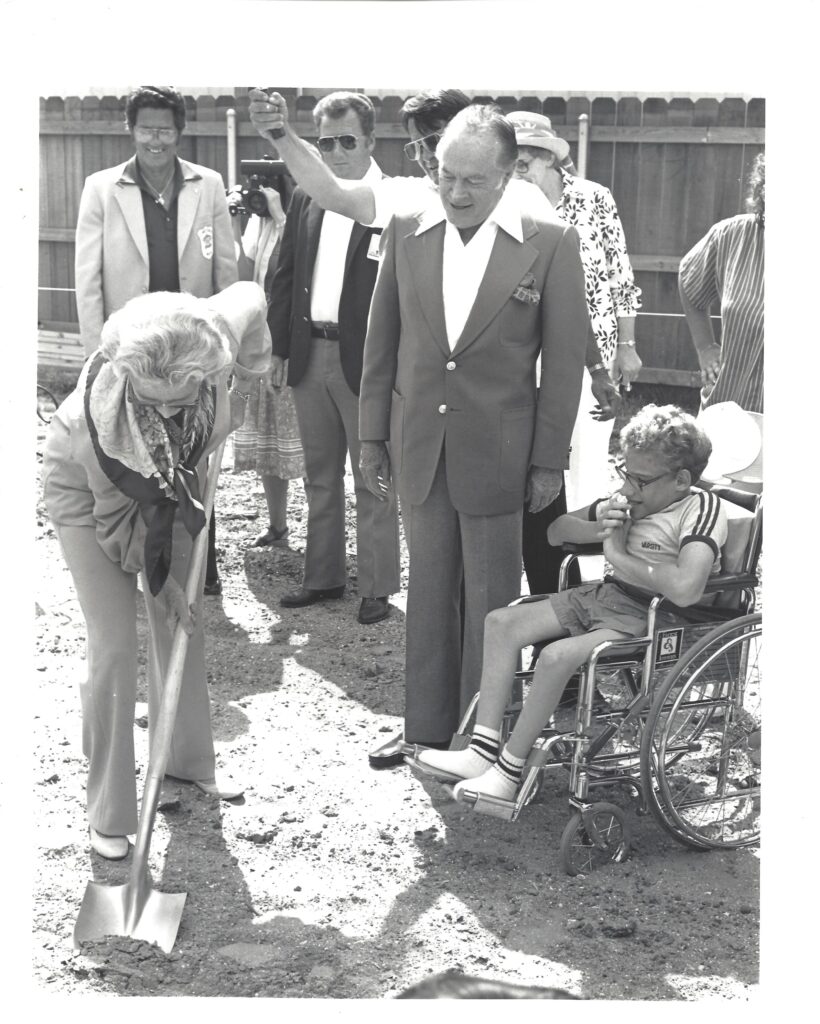
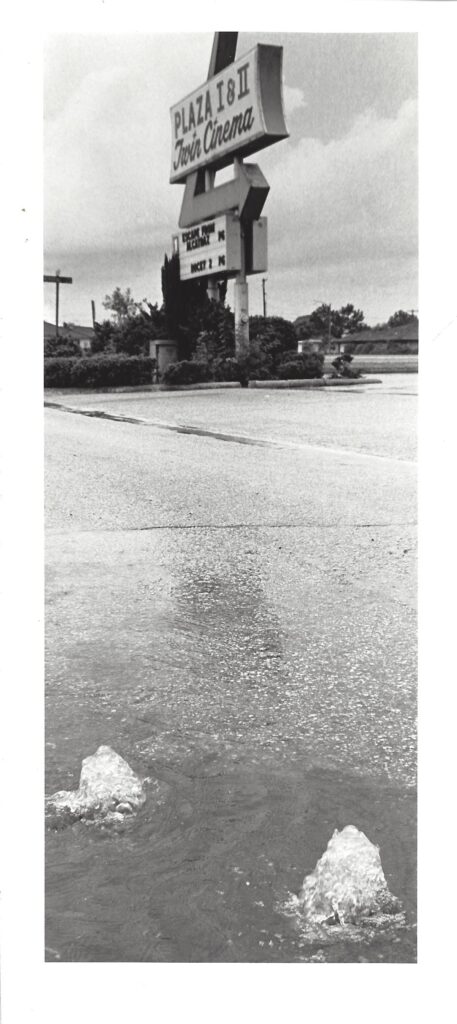
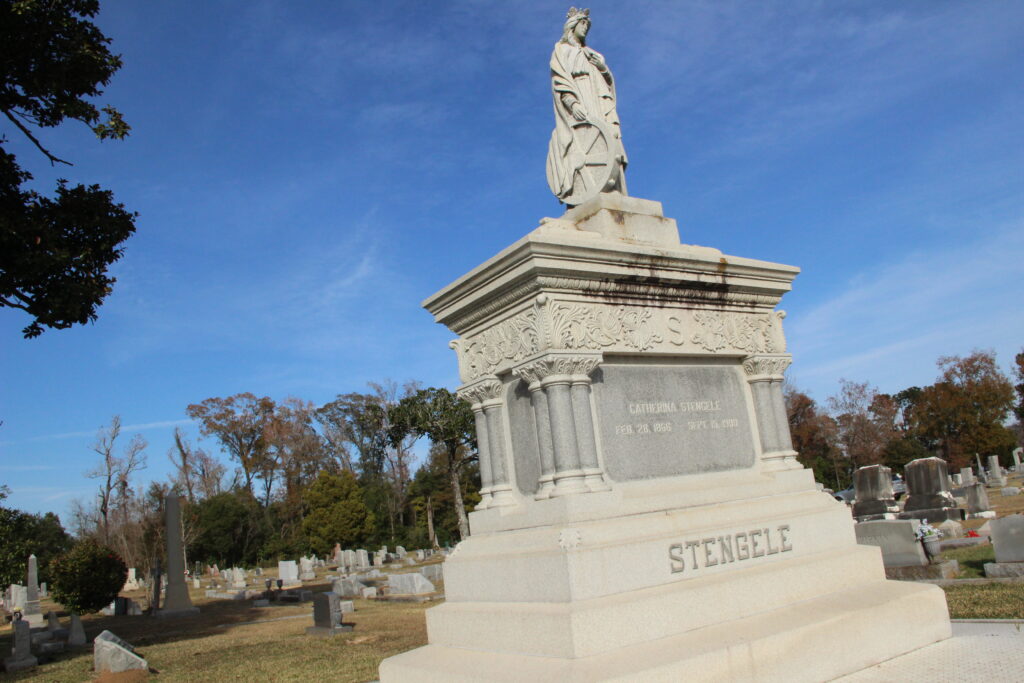


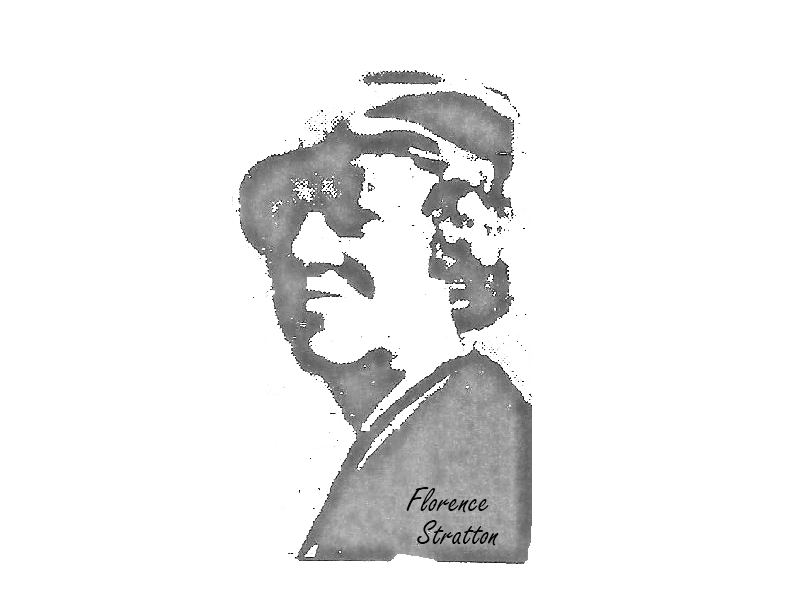
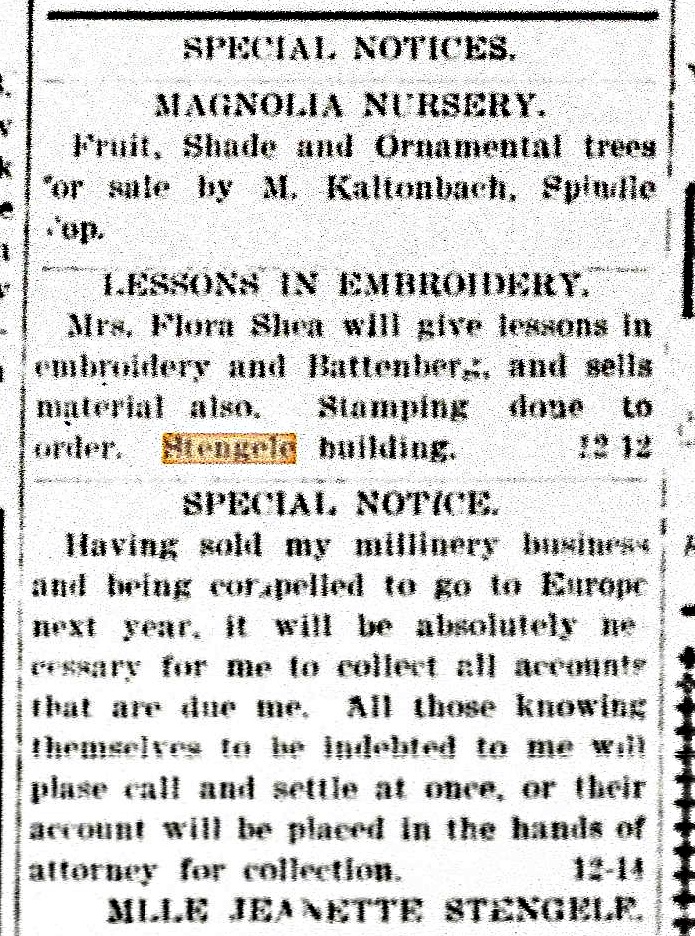



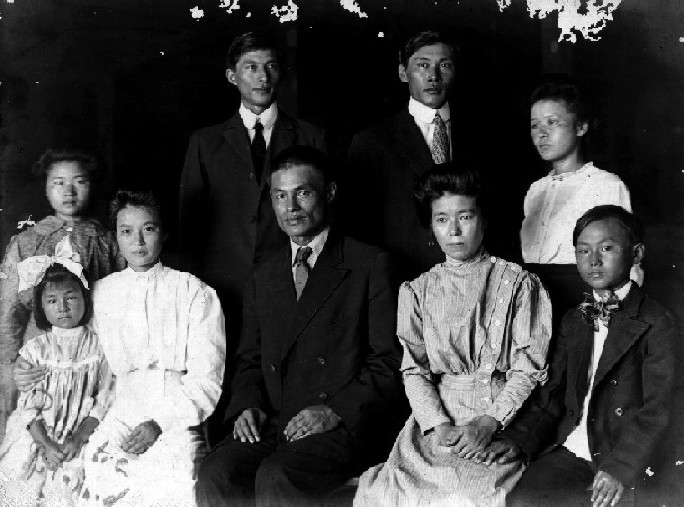
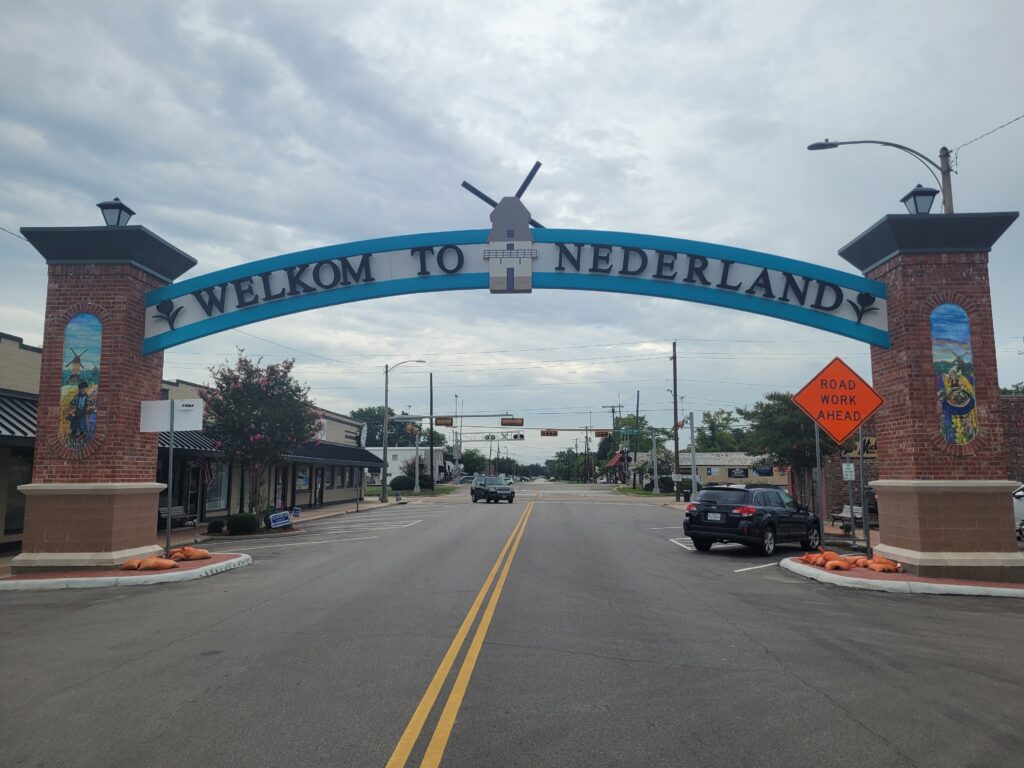
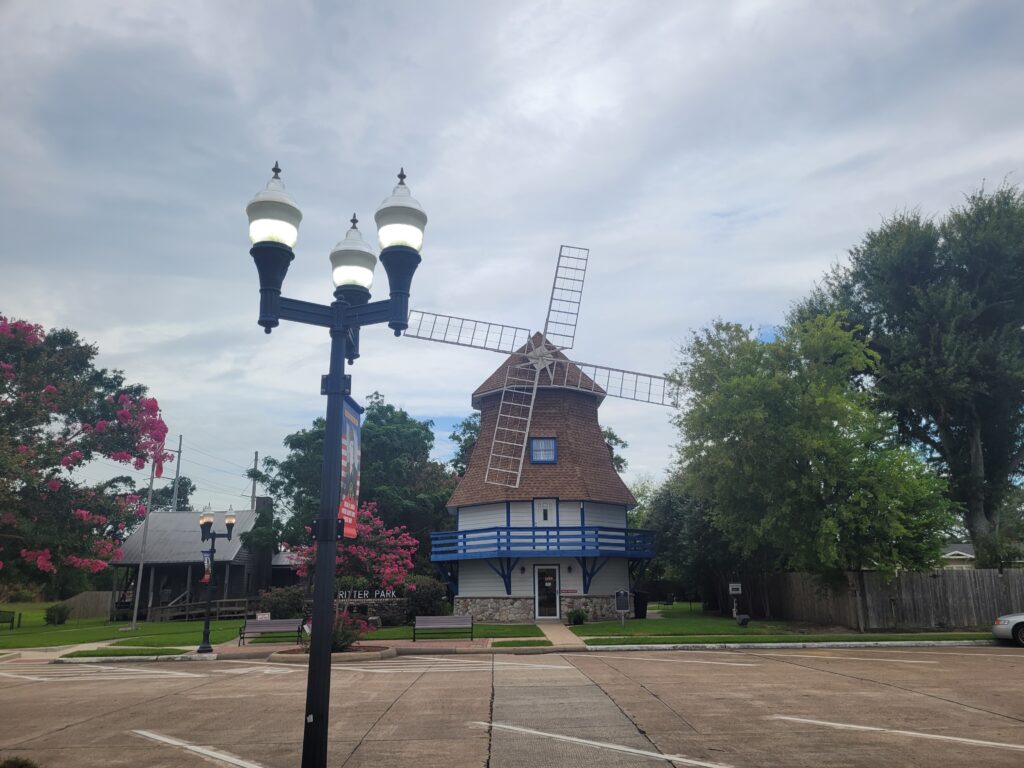

You must be logged in to post a comment.